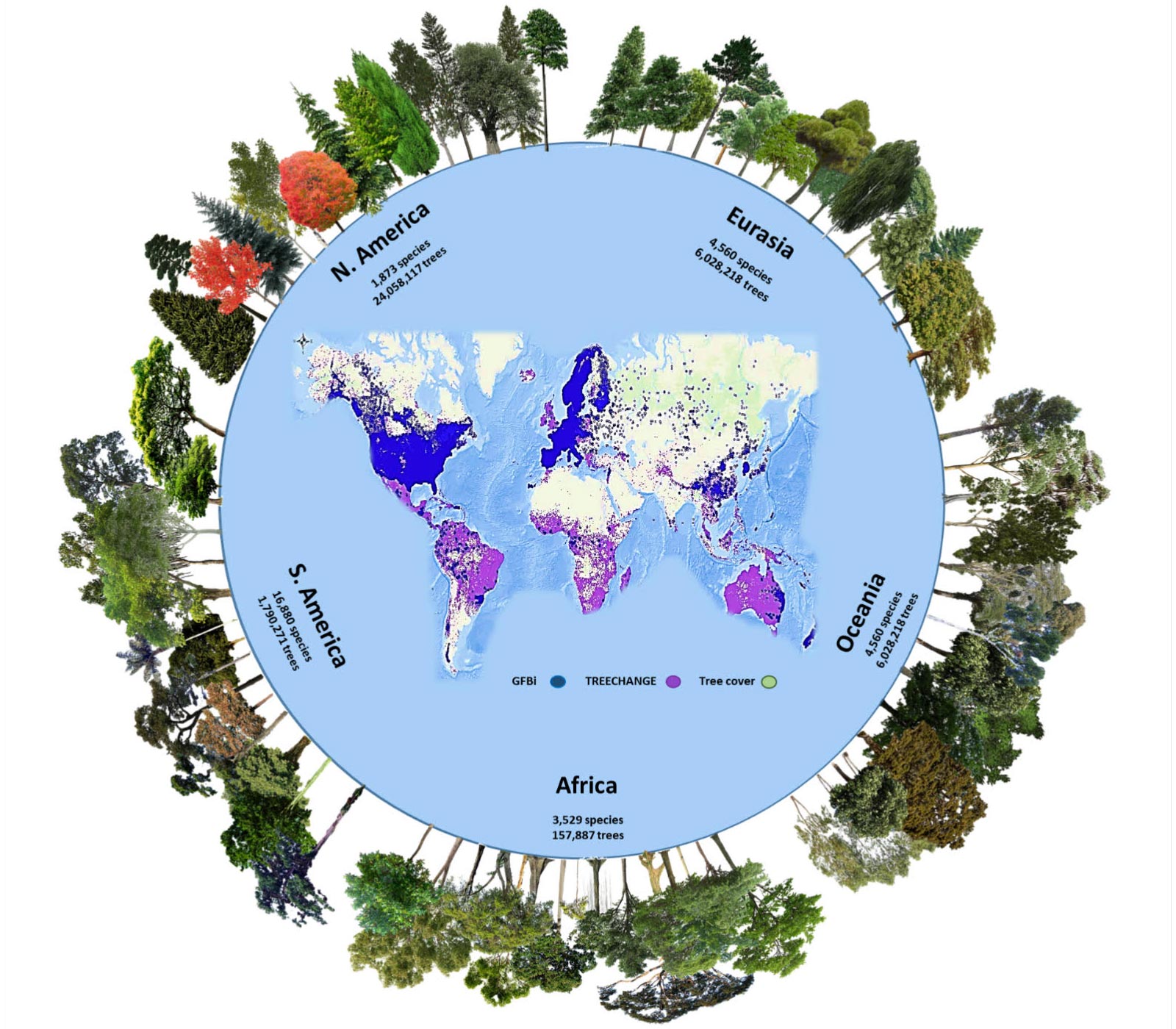As countries race to reduce emissions and mitigate climate change, the debate on green vehicles often focuses on fuel efficiency and alternative fuels, such as electricity and hydrogen. A common idea is that the faster the transition is, the better it is for the environment.
Now, a new study of car use in Japan shows that, even with gasoline vehicles, keeping and using cars with good fuel efficiency longer could reduce CO2 emissions significantly more than an accelerated transition to alternative fuel vehicles.
“The faster you replace a car, the more CO2 it emits. It’s no different with electric cars, because when the demand for new cars increases, it shoots up manufacturing emissions,” says Shigemi Kagawa, professor of Kyushu University’s Faculty of Economics and leader of the study.
Car replacement is especially rapid in Japan, where people enjoy longevity but cars do not. The average life expectancy of a car, from its birth in a factory to its end in a scrapyard, is around thirteen years. Moreover, the average length of ownership of a new car by its first owner is seven years.
These trends are largely attributed to the island nation’s mass-production, mass-consumption economy and its costly vehicle inspection system. While these might help to get more fuel-efficient vehicles on the road, Kagawa explains that we need to diligently look at the supply chain to maximize carbon reductions.
“The carbon footprint of a car goes far beyond just the fuel it uses. To produce alternative fuel cars intended to reduce emissions from driving, you need iron, nuts, and bolts for construction, factories for assembly, and mega-containerships for transport. All these points in the supply chain produce CO2.”
Of the about nine percent of Japan’s total greenhouse gas emissions attributed to cars, about forty percent is due to gasoline combustion from driving new cars and twenty-four percent due to their manufacturing.
“Our hypothesis is that driving current internal combustion engine vehicles a little longer during the transition to green vehicles is a viable strategy to help the environment,” says Kagawa.
Using economic statistics, Kagawa’s group conducted a case study of newly registered and used cars in Japan between 1990 and 2016. The group modeled how replacement behavior of car owners affects their carbon footprint.
Their modeling shows that, if cars had been kept on the road ten percent longer before being scrapped, the cumulative carbon footprint from cars would have decreased by 30.7 million tonnes, or one percent, during this period.
This is because the decrease in manufacturing emissions more than offsets additional emissions produced by existing cars.
Moreover, the study finds a similar one percent decrease in carbon footprint would be realized if owners of new cars had used their cars ten percent longer.
In this case, by keeping more cars in the hands of their original owners longer, the number of used cars on the road decreases. Accordingly, emissions from the driving of new, relatively fuel-efficient cars increase while those of used, relatively fuel-inefficient cars decrease.
“What this means is that we can reduce CO2 emissions just by keeping and driving cars longer,” concludes Kagawa. “Moreover, if the car we keep is relatively new and fuel-efficient, the effect is greater. So the next time you are thinking of getting a new car, perhaps consider if your current car has a few more kilometers left in it.”
Story Source:
Materials provided by Kyushu University. Note: Content may be edited for style and length.
Note: This article have been indexed to our site. We do not claim legitimacy, ownership or copyright of any of the content above. To see the article at original source Click Here













